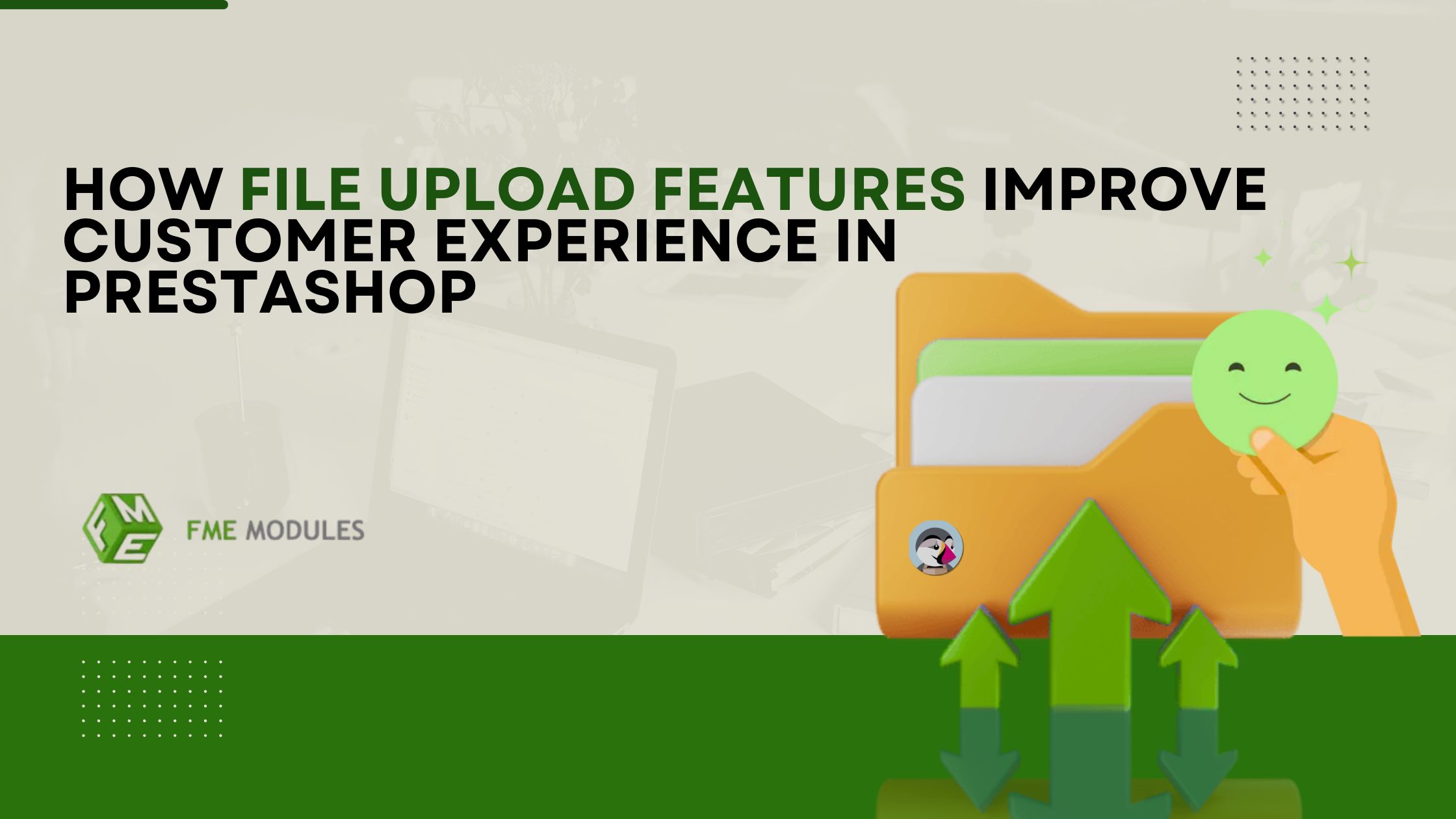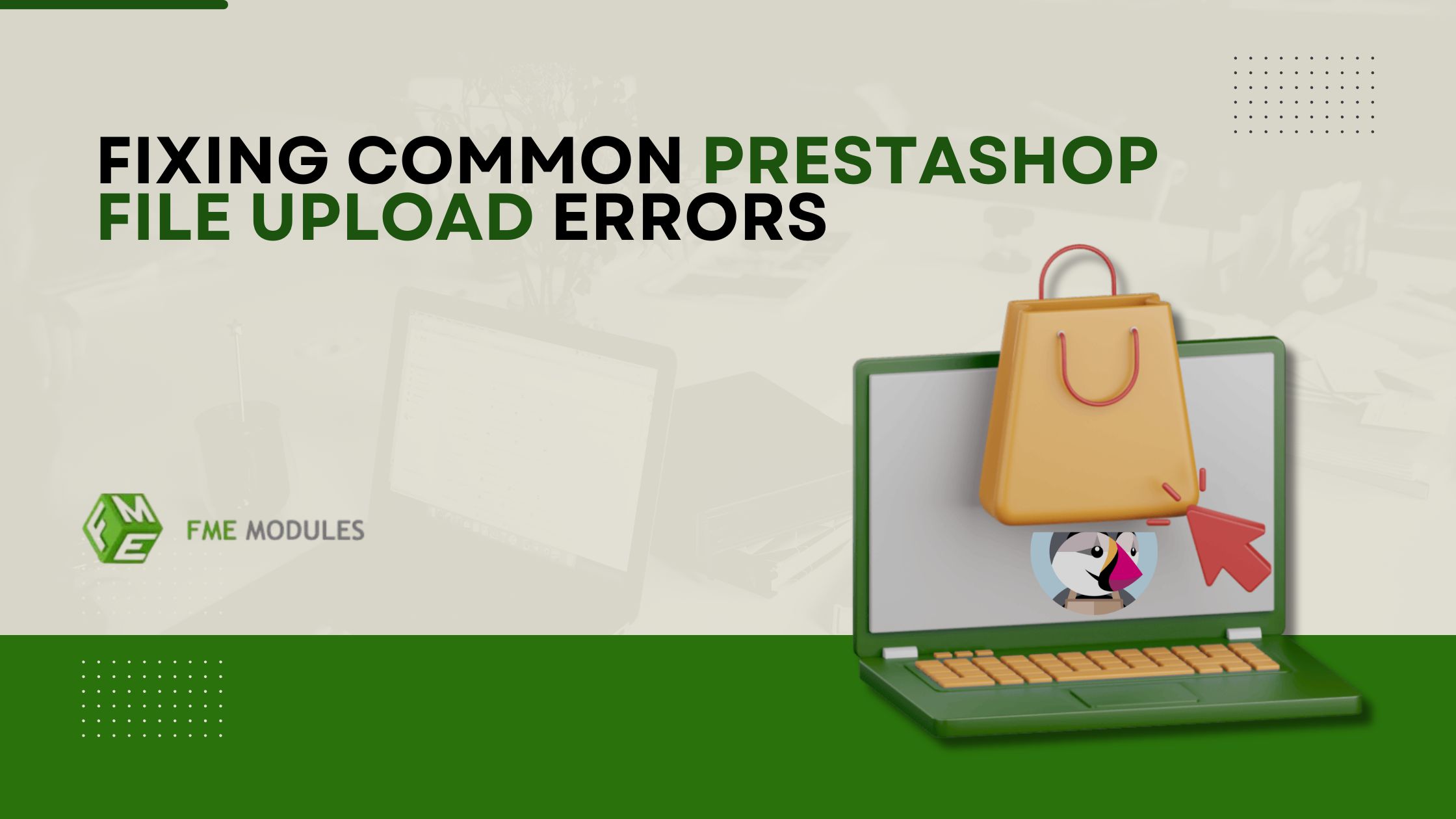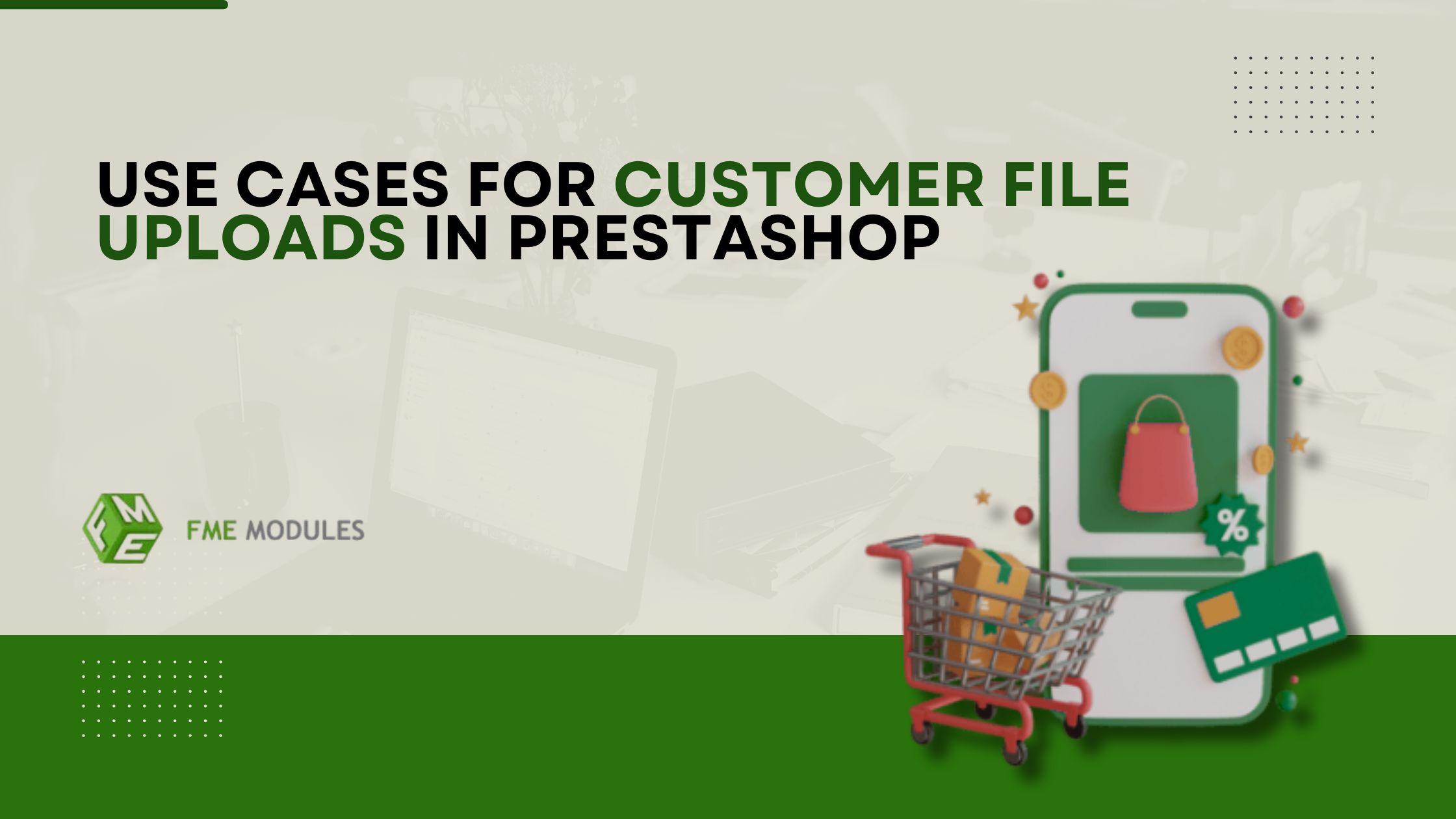Top 5 SEO Mistakes PrestaShop Store Owners Keep Making
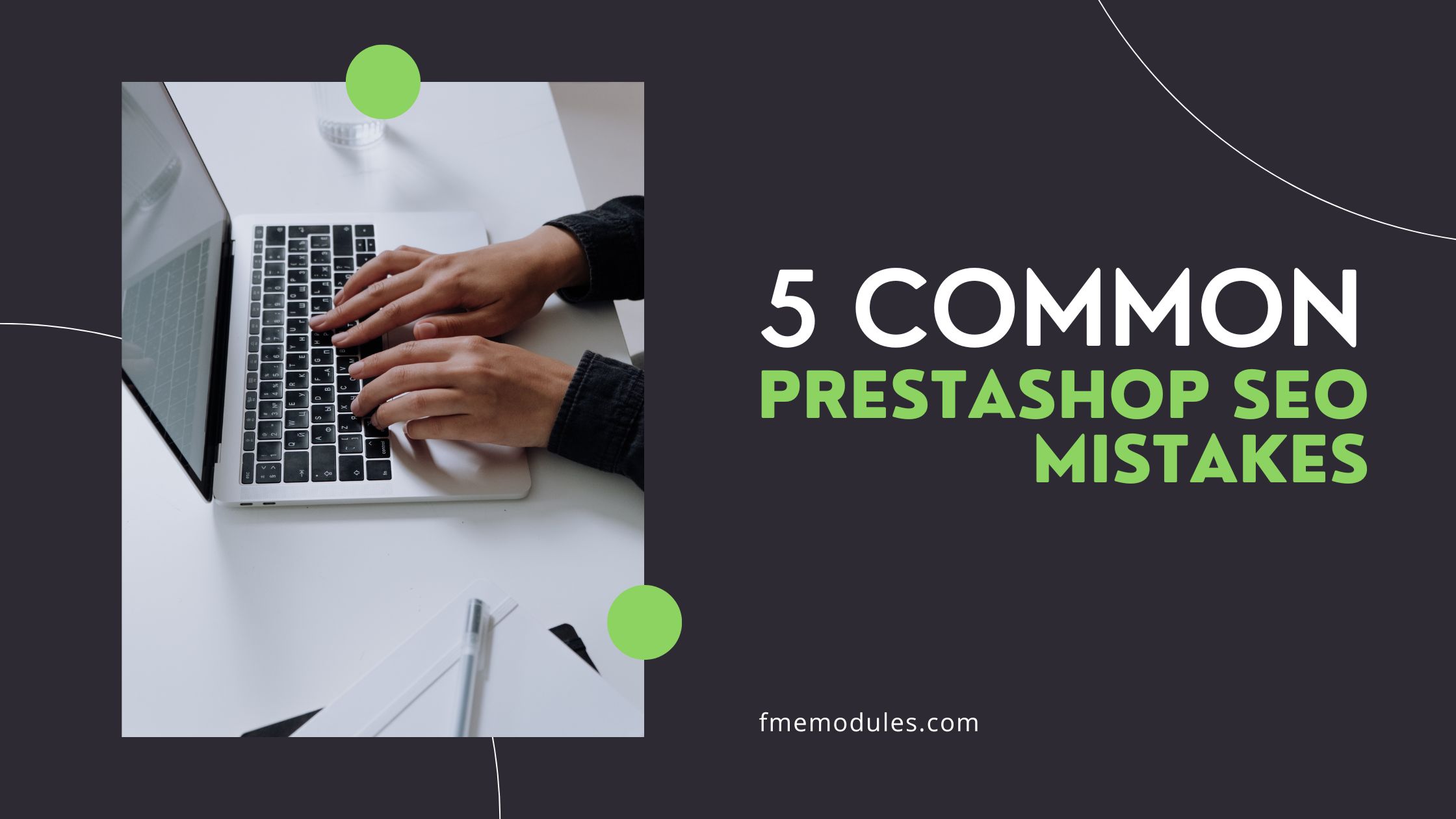
Posted On: Jun 17, 2025
Categories: Marketing , PrestaShop SEO Best Practices: Guides, Checklists & Tips
Author: Zarak
Search engine optimization (SEO) isn’t just a buzzword; it’s one of the cornerstones of a successful e-commerce business. If you’re using PrestaShop, you already have access to an impressive toolkit for SEO. The problem? Many merchants aren’t using those tools to their full potential, or worse, aren’t aware of them at all.
Let’s take a closer look at five SEO mistakes that are holding back PrestaShop stores from reaching their full visibility and conversion potential, and more importantly, how you can steer clear of them.
Five Common SEO Mistakes That Are Costing You Sales
Here we go with the Prestashop seo mistakes that you should avoid at all costs:
-
Overlooking PrestaShop’s Built-In SEO Tools

PrestaShop actually comes packed with helpful SEO features right out of the box. But surprisingly, many store owners either ignore them or don’t use them properly. This leaves potential SEO value on the table.
Some frequently missed opportunities include:
- Custom meta titles and descriptions for product and category pages
- Adding ALT text to images
- Using clean, keyword-friendly URLs
- Creating redirects for outdated or moved content
If you’re not customizing your meta titles and descriptions, or if you’re using the same descriptions across multiple pages, Google might see your content as low-value or repetitive. This can hurt your rankings. On the other hand, well-crafted meta descriptions can directly influence how often users click through to your store from search results.
Fix It:
Start with a quick check. Are your product pages unique and keyword-rich? Are your images tagged appropriately? Update your URLs to be specific and descriptive. All these small things can add up big-time.
-
Not Using Prestashop SEO Features

The majority of shop owners have the misconception that they need fancy add-ons or expensive plugins to perform well in SEO. The truth is, PrestaShop comes with good features that only need activation.
Functional built-in SEO features you can be missing include:
- Pretty URLs, which remove clutter like IDs from URLs
- Canonical tags to avoid duplicate content issues
- Auto-generated sitemaps
- The value of being able to customize your robots.txt file
If these tools are never utilized, you are taking a risk of confusing the search engines and lowering your site's visibility. It's almost like having a sports car and never going beyond first gear.
Fix It:
Go to your PrestaShop admin panel and make sure your SEO settings are up. Make sure pretty URLs are turned on, your sitemap is submitted to Google Search Console, and your robots.txt is correct. If you need more fine-tuned control, consider using a dedicated SEO module that plays well with the built-in options of PrestaShop.
-
Enabling Site Speed and Mobile Optimization to Fall Behind
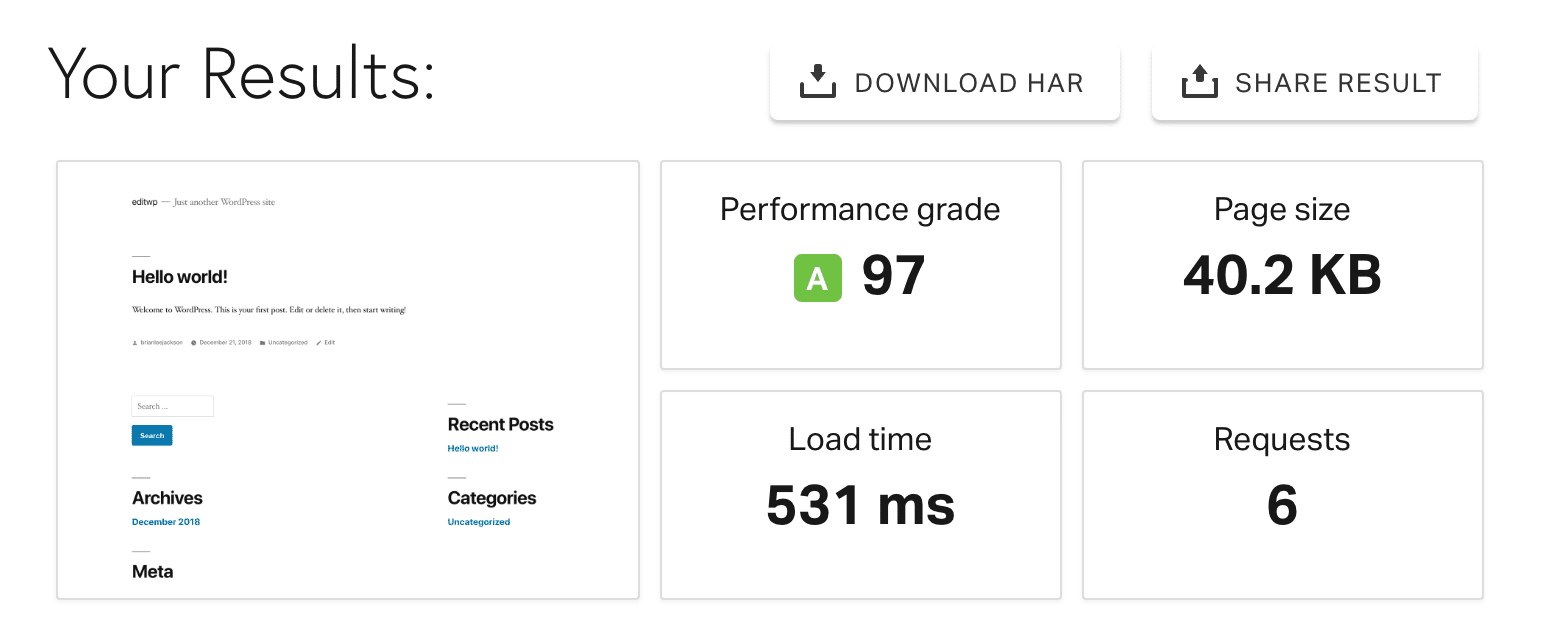
We live in a mobile-first world, and Google won't have us forget it. Slow, unresponsive websites, especially on mobile, are frustrating for consumers and are indicated in search results as well.
Some of the most common speed issues in PrestaShop websites are:
- Over-sized or non-optimized images
- Too many modules are loading at once
- Outdated or bloated themes
- Not caching or implementing a CDN
This not only affects your SEO but also leads to higher bounce rates and decreased conversions. A slow website will cost you sales.
Fix It:
Test your site with tools like Google PageSpeed Insights or GTmetrix to find out what's slowing you down. Optimize images before you upload them, eliminate unused modules, and employ a mobile-friendly, light-weight theme. Enable caching, and consider using a content delivery network (CDN) to get your pages to load more quickly.
-
Not Having Structured Data
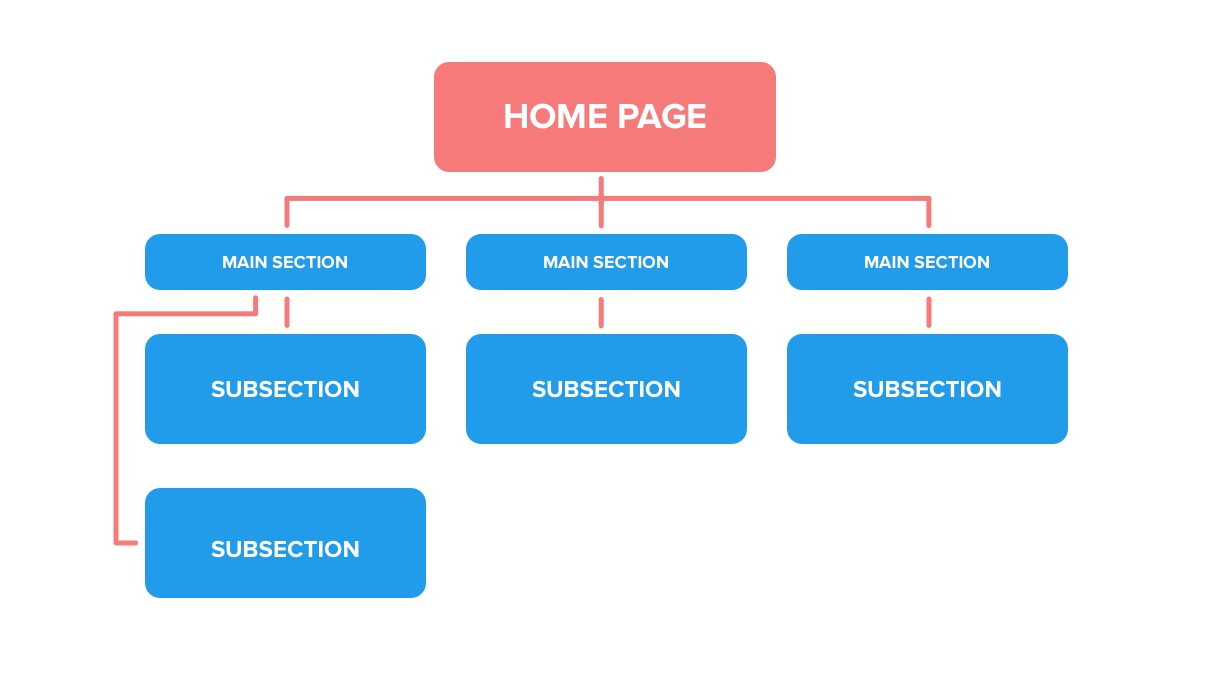
Did you ever look at some items in Google search results and see prices, inventory, and star ratings listed, while others don't? That's the magic of structured data.
Structured data, also known as schema markup, helps your content be more easily understood by search engines. Without it, you're passing on possible "rich snippets" that help make your listings stand out.
Without it, your product pages might not show:
- Customer reviews
- Price and stock
- Breadcrumb
Fix It:
You don't need to be a programmer to add structured data. Just utilize a PrestaShop module with Schema.org markup support, or get a developer to add it for you. Prioritize the most important schema types: Product, Breadcrumb, and Review. This simple adjustment can lead to better click-through rates and more traffic.
-
Handling SEO as a One-Time Activity

SEO is not a "set it and forget it" activity. It does not stay the same and needs regular maintenance, updating, and optimization, especially as Google keeps on changing its guidelines.
Common maintenance mistakes are:
- Failing to update your sitemap when adding new pages
- Failure to fix broken links and 404 errors
- Having outdated content that no longer ranks
- Not keeping tabs on keyword rankings or traffic patterns
If you're not keeping up to date, the performance of your store will gradually deteriorate, even if things were fine when you launched.
Fix it:
Create a recurring reminder to check your SEO no less than once per month. Check error and crawling issues with Google Search Console. Inspect your product and category pages for freshness, and keep an eye on the performance of your keywords. Be open to adjustments, SEO is an evolving thing.
Final Thoughts
PrestaShop is a good platform, especially for SEO. Features will not get your store ranked, however, yours will need to be put to work intelligently and regularly.
Avoiding these five most common pitfalls, avoiding native tools, overlooking important settings, letting performance slide, bypassing structured data, and neglecting long-term SEO upkeep, can set your store up to best take advantage of climbing the search rankings.
The reality is, successful SEO is not about cutting corners. It's about discipline, intelligent implementation, and keeping up with the ever-evolving search environment. Get it right, and it can be one of the best long-term investments your business can make.


